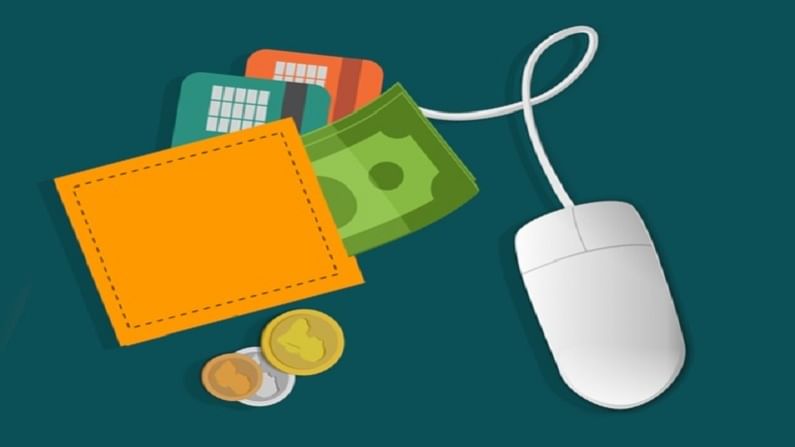Digital transactions in India grew at a whopping rate of 76% in Q4: Razorpay
Tier-II and tier-III cities contributed 50% of total transaction, said the report

One of the activities that has taken quantum leaps due to the COVID restrictions in the economy since March 2020 has been digital transactions. Bangalore-based fintech company Razorpay has revealed in a report that there was a surge of 76% in the number of digital transactions in the country in the January-March quarter of 2020-21 compared to the corresponding period in 2019-20.
The transactions taken into account in this report are UPI-based payments that involves platforms such as Google Pay, PhonePe, BharatPe etc. and netbanking payments. Physical transactions through debit and credit cards have not been included but online or digital transactions through these cards have been taken into account.
The report also revealed that in Q4 (January-March) tier-II and tier-III cities posed a challenge to the tier-I cities accounting for 50% of the number of transactions.
This is the first time since the outbreak of the pandemic that transactions in tier-II and tier-III cities accounted for half of the total digital transactions of the country in a quarter.
“Over 50% of this digital adoption is coming from tier II and tier III, which indicates that this is not just an urban phenomenon. Small Businesses are providing newer payment methods and reaching out to a wider customer base that transcends geographical boundaries,” said Vedanarayan Vedantham, head of SME business, Razorpay.
Payment options such as Buy Now Pay Later (BNPL) saw a whopping growth of 569% over the last 12 months, owing to consumers avoiding bulk payments and preferring affordable payment modes.
While the beginning of 2020 recorded just about 500 transactions in eNACH (electronic national automated clearing house) payments, a new payment service that allows anyone with a bank account to easily automate recurring payments, this sector witnessed a growth of 23,962% in Q4 FY21 compared to Q4 FY20.
On the other hand, the travel industry is trying for a revival that was indicated through a 52% growth in payments in Q4. Food and beverage industry witnessed the growth of 69% and online payments for school and college fees and salary payments reflected a rise of just over 40%.
Incidentally, the hospitality sector is one of those that suffered a contraction in all the first three quarters according to the numbers revealed on February 26.
“The past 12 months have been like being inside a time capsule. India’s digital payments ecosystem in this timeframe has seen the kind of growth that might have happened over a 3-5 year horizon if not for the pandemic. A lot of first-time digital users and previously traditional, brick & mortar businesses have come forward to embrace digital payments,” said Vedantham.
The real estate sector witnessed a jump of 65% in online payments (in Q4 2020-21) after a decline of 14% in Q3 and the mutual funds sector saw a 69% rise in instalment payment through the digital mode.
The top-five cities in the country on the digital transaction parameter are Bengaluru (22.5%), Delhi (19.5%), Hyderabad (9.9%), Mumbai (7.6%) and Jaipur (6%).